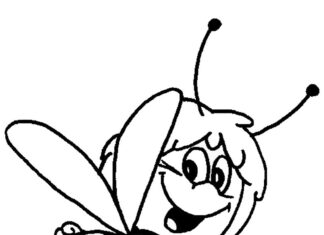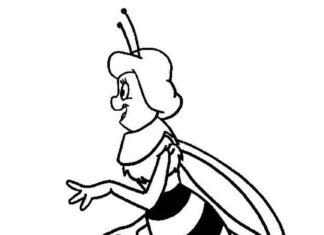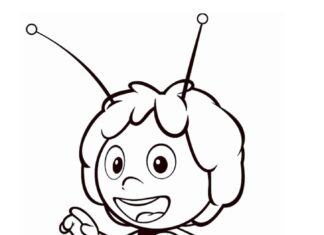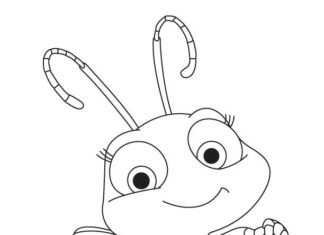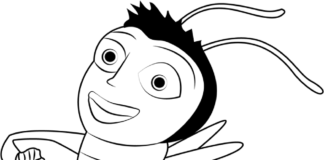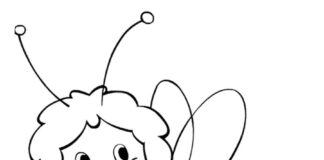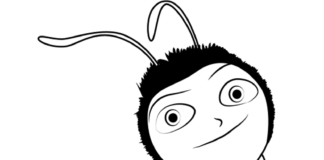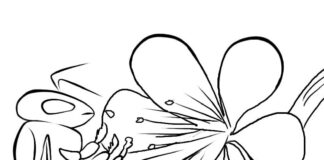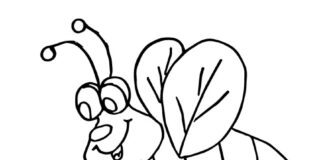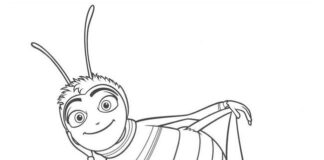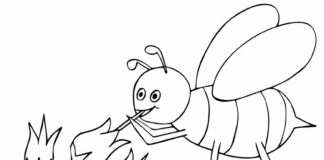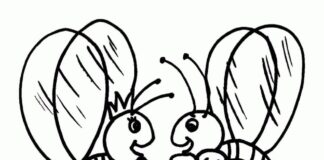Bees are a family of insects of the order Hymenoptera. They are social organisms, living in colonies consisting of a queen, drones and workers. Bees play a key role in plant pollination, which affects fruit and seed production. Some bee species produce honey, which is a valuable source of food for humans and animals. Among other things, bees communicate by means of dance, providing information about food sources. Unfortunately, many bee species are endangered due to habitat loss, pesticide use and climate change.
Coloring Book Bees
Information
- Ecological significance: Bees are extremely important to ecosystems and the economy. They are responsible for pollinating many plants, including those grown for food production, which affects crop yields and biodiversity.
- Social structures: Most bees live in societies that consist of a queen, drones (males) and workers (females unable to reproduce). Each group has specific functions.
- Pollinators: Bees are excellent pollinators, transferring pollen from flower to flower. This allows plants to form fruits and seeds, which is crucial for food production.
- Honey production: Some bee species, including the honeybee, produce honey as a food source. The process involves collecting nectar from flowers and processing it into honey.
- Communication by dance: Dancing bees use dancing to communicate information about food sources and their location in relation to the position of the sun. This is an effective way of communicating within the hive.
- Threats: However, bees face threats such as habitat loss, exposure to pesticides, parasites (such as Varroa mites) and climate change. Many bee populations are declining.
- Diversity of species: There are more than 20,000 species of bees in the world, varying in appearance, size and behavior.
- Diversity of food: Bees have a varied diet. Some feed on nectar, others collect pollen, and some are predatory.
- Relationship to plants: Bees often have unique relationships with plants, such as co-evolution with flowers for accurate pollination.
- Research: Bees are an important topic of scientific research, including their behavior, cognitive abilities, health and distribution.
Trivia
- Dancing tongue: Dancing bees transmit information about food sources to other bees by means of dancing. A circular dance indicates that the food source is near the hive, while a "square" dance indicates distance and direction.
- Fast wings: Bees' wings beat at an incredible speed - from 200 to 230 times per second. This allows them to fly efficiently and agilely.
- Black light: Bees see the world in a different spectrum than humans. They can see the ultraviolet, which is especially useful for recognizing patterns on flowers and tracking nectar.
- Flight without crashes: There is a certain order in the hive. Bees maintain spacing between each other in flight to avoid collisions. This allows for harmonious movement within the hive.
- Nocturnal bees: Most bees are active during the day, but there are also species of nocturnal bees that pollinate flowers at night.
- Lame in the rain: Bees don't like to fly in the rain because wet feathers hinder their flight. They often stay in the hive on rainy days.
- Taste sensitivity: Bees have incredibly developed senses of taste and smell, which helps them find food.
- Little astronauts: A colony of bees was found aboard the shuttle Endeavour in 1984. Researchers wanted to find out how they behave in weightlessness.
- Symbiosis with plants: Bees and flowers are closely related. Bees pollinate flowers, and plants in return provide them with food in the form of nectar and pollen.
- Beneficial sting: Although a bee sting can be painful, bee venom also has potential healing properties and is used in apitherapy.


